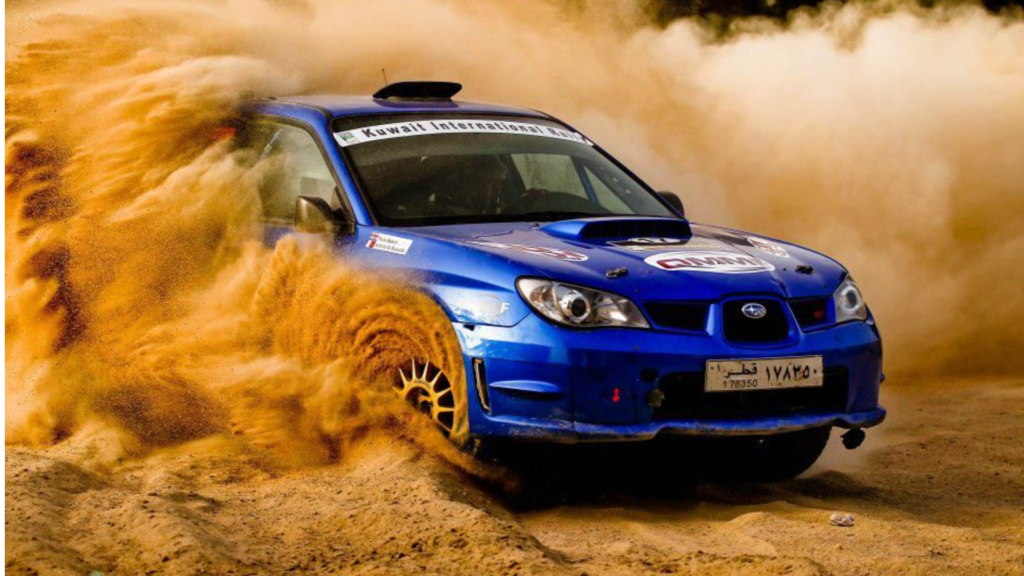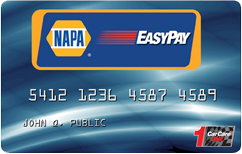
The Subaru WRX has been a favorite among automotive enthusiasts since its launch in North America in 2002. This rally inspired sport compact car has consistently offered excellent performance, value and practicality thanks to Subaru’s symmetrical all wheel drive, a turbocharged engine and an engaging driving experience. Owning a Subaru WRX has proven to be a largely trouble free experience with the reliability and capability to handle a wide variety of driving situations. However, like any other vehicle, knowing what the common problems are and how to identify and address them early on will help you determine what maintenance and repairs are necessary to keep your WRX on the road and operating at its peak potential.
Is Your WRX Up To Date on Scheduled Maintenance?
It is important to follow Subaru’s recommended maintenance schedule based on time and mileage. Most people think of oil changes, air filters and brake pads when it comes to maintenance, but there are other important scheduled maintenance tasks that need to be performed to keep your Subaru WRX running as it should. One of the most commonly procrastinated maintenance items on WRX’s is changing the Spark Plugs. While changing spark plugs is a simple task on most vehicles, due to the layout of Subaru’s boxer engines they are difficult to access with more time and labor (and cost) required for the job than many people expect. This can lead WRX owners to delay changing their spark plugs. A faulty spark plug can lead to weakened performance, lower MPG, engine misfires and trouble starting the vehicle. Subaru recommends to change the spark plugs in your WRX every 60,000 miles or 5 years.
Another critical scheduled maintenance item for 2002-2014 WRX’s is to replace the Timing Belt (2015+ WRX’s use a Timing Chain which does not need to be replaced). A timing belt helps to ensure that the fast-moving internal parts of your engine are synchronized and operating harmoniously. If this rubber belt wears out and breaks, it can cause significant damage to your engine and lead to very costly repairs – potentially even a full engine rebuild. Depending on the model year, Subaru recommends to replace the timing belt on a WRX between 105,000 and 120,000 miles. Special tools are required to correctly install a timing belt and the job should be performed by an experienced Subaru mechanic. Due to the location of the timing belt in the engine bay and the work required for this maintenance, it is recommended that you always replace your engine’s Water Pump at the same time that you are replacing the timing belt. A broken water pump could lead to the engine overheating and serious damage.
Replacing Old Rubber in your WRX
As WRX’s age, rubber and plastic tend to wear out and eventually leak, tear or break. This is especially true for those parts that are regularly exposed to high heat, such as in the engine bay. Small rubber vacuum hoses can become very brittle and crack over time, potentially leading to reduced engine performance or faults to be triggered in the car’s ECU, resulting in Check Engine Lights. Even the larger power steering and radiator hoses may eventually start to leak fluids. An easy way to check the condition of these rubber parts is to gently squeeze the hoses throughout the engine bay with your fingers (make sure the engine is off and cooled down first!). If any of the rubber is rock hard and no longer flexible, then it is likely time to replace those items before a more serious issue arises. Some hoses are easily accessed and can be replaced by DIYers at home, but others require engine parts to be removed or fluids to be flushed and should likely be left to experienced mechanics for professional diagnosis and installation.
Another rubber component that commonly wears out on a WRX over time is the CV Axle Boots, and in particular, the inner axle boots. These boots are flexible rubber sleeves that keep grease in place around the axle for lubrication. A torn or damaged axle boot can be spotted by looking under the vehicle for evidence of heavy grease and grime splattered on the engine, transmission or suspension. If an axle boot is torn and goes unaddressed, the lack of lubrication will cause the metal axle to wear out prematurely, leading to vibrations and dangerous driving conditions. If caught early, sometimes the rubber boot itself can be replaced with new grease sealed inside, but it is often recommended to replace the entire axle due to the labor and costs to remove and re-install the axle being similar in either scenario.
The rubber bushings throughout your WRX’s suspension and steering systems can also crack and tear over time, leading to suspension noises, poor handling or sloppy steering feel. Eventually the worn out bushings may cause contact between metal components, resulting in more serious damage. The bushings themselves are not expensive, but can require specialized tools to properly remove and install.
Keep Your Air Conditioning Blowing Cold
A common issue on WRX’s is for the Air Conditioning to fail over time. While air conditioning repairs can sometimes be costly, the good news is that usually the problem is due to one or two small rubber O-Rings in the AC Compressor that have become hard or cracked and are no longer providing a good seal. Bad o-rings lead to the refrigerant slowly leaking out and the air conditioning system unable to do its job. Replacing these o-rings and recharging the AC system with refrigerant can often resolve the issue. Air conditioning repairs should be handled by professional mechanics, as it is important to add the precise amount of needed refrigerant and it is illegal to release refrigerant directly into the atmosphere – it must be properly collected and disposed of per government guidelines.
Leaks from Valve Cover Gaskets and Head Gaskets
If you are noticing oil spots on your garage floor or driveway after your WRX has been parked, or smoke coming from under the hood or out of your exhaust while driving, it is likely that one or more of the gaskets in the engine is leaking. Gaskets are typically made from silicone rubber that wears out and deforms over time. The most common cause of oil leaks in WRX’s is from the Valve Cover Gaskets. Due to the WRX’s engine design, the valve cover gaskets are difficult to access and require removing several components from the engine bay to create enough space to take off the valve covers. When replacing the gaskets, it is recommended to use sealant in addition to the gaskets and to wipe down that area of the engine so that any future leaks can be easily spotted. If you need to replace your valve cover gaskets, this is also a great time to replace your spark plugs, as you will have the access needed to easily do so.
Head Gasket failure results in oil leaking into the coolant inside your engine – two fluids that should never mix in a properly running engine. A bad head gasket can result in smoke coming from your exhaust and can cause your engine to overheat, potentially leading to serious damage to the engine if not quickly addressed. An easy way to check for an issue with your head gasket beyond the more obvious signs of smoke and overheating, is to check under your oil filler cap for the presence of a white foamy liquid. If any of these symptoms are present, you should take your vehicle to a Subaru mechanic immediately for inspection before more serious damage is caused. If your engine is overheating, you should stop driving the vehicle immediately until the problem is diagnosed and repaired. The engine oil and coolant should also be flushed and replaced after a head gasket failure.
Modified WRX’s May Require Additional Maintenance and Repairs
Although the WRX is quite capable in stock form, many owners have modified their vehicles to enhance the performance and appearance. With modifications often come additional maintenance and repair needs, as you may be pushing the vehicle outside of the manufacturer’s intended specifications and potentially adding stress to components which can lead to premature failure. If you are increasing engine power and consistently driving hard, this can cause issues with the clutch wearing out faster than normal, head gaskets failing, harmful detonations within the engine, or issues with the axles and transmission. Modifications to increase power should always be accompanied by a professional tune of the vehicle’s ECU to ensure the motor is running safely and optimally. A modified suspension can put stress on bushings, cause issues with alignment and handling, and potentially lead to uneven tire wear or the tires rubbing on the inside the wheel wheels. It is important to know what modifications your WRX has and if you are considering modifying a part of your vehicle, you should think through or get professional advice on what other parts of your car might be affected and should be updated at the same time. If you are considering purchasing a modified WRX, we strongly recommend to get a Pre-Purchase Inspection performed before buying to avoid any unwanted surprises.






